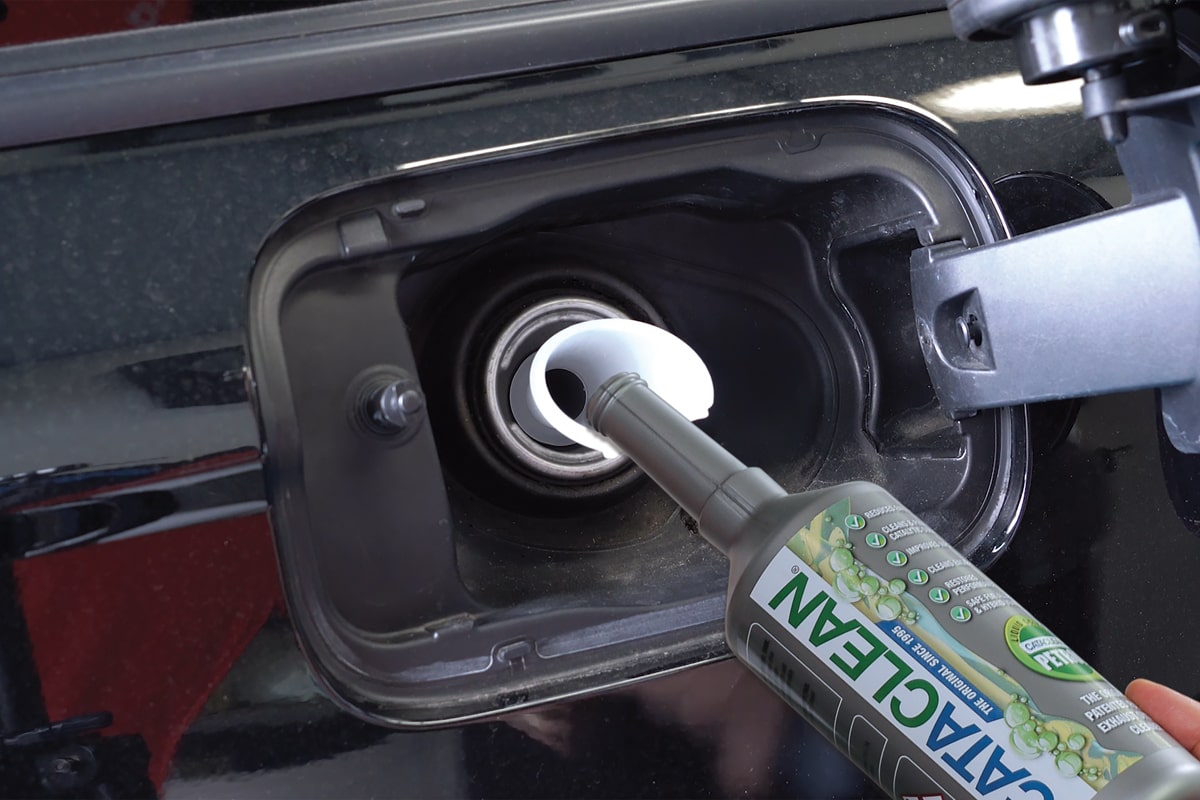10 Effective Ways to Keep Your Car in Top Condition
Just like we take care of ourselves, eat the right things, and stay in shape, the same basic concepts apply to keeping our cars in the best possible condition. It’s always painful to have to dig into savings to pay for car repairs and even more difficult lately with how the economy is performing. But, to make sure we keep the value of our cars (possibly your most important asset) and minimize repair costs, here are a few simple, easy-to-remember tips on how to keep your car in good condition.
10 Tips For Car: How To Keep Your Car In Good Condition.
Owning a favorite car for work as well as long trips is no longer too difficult. However, in the process of driving, car owners sometimes forget an extremely important step which is to take care of and maintain the car to help it always operate in the best condition as well as prolong the lifespan of the vehicle. The consequences are that your car is soon degraded, prone to damage to important parts, leading to costly repair costs, losing vehicle value, and no longer ensuring safety for long trips.
It is a fact that no vehicle can last long without care and maintenance periodically. Even for the most reliable cars. So how to keep car in good condition? Pocket the following 10 car tips to keep your car shiny as new, as well as save many unexpected costs.
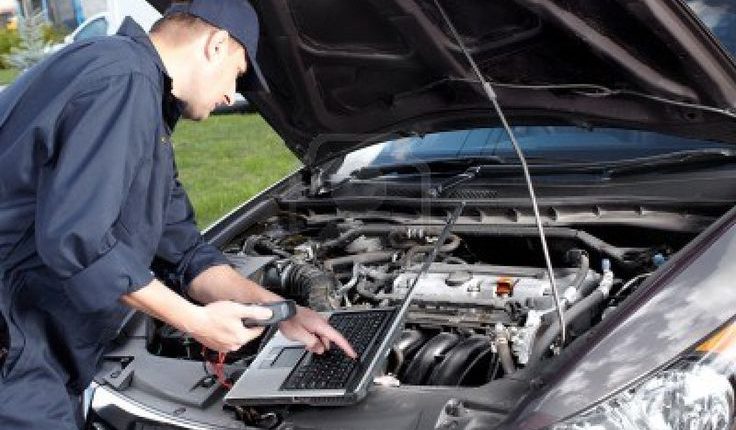
1. Check your oil
Oil is the blood of your car, and without it, the car isn’t going to go far or quietly. After a period of use, the oil will be dirty and no longer able to lubricate as well as the original. Therefore, regular oil changes are essential to keep your car running smoothly and more durable. The level of engine oil, transmission oil, power steering fluid, and brake fluid should be checked regularly. If you don’t remember the last time you changed your car’s oil, do it immediately.
Have your mechanic demonstrate how to check your oil properly, and have the oil changed every 3,000 – 3,500 miles. While oil manufacturers have claimed that their oil can last 10,000 miles, it is generally best to use the same oil for no more than 5,000 miles to maximize engine reliability and efficiency over the long term. Check the oil regularly, about once a week, and change the oil or have it changed when you reach the 4,000 – 4,500 mile (6,400 – 7,200 Km) limit.
Remember that periodic oil checks are the key to the “health” of your car. The simplest way to check the oil is that you can do it right at home. Using a clear plastic container, or through an oil dipstick, the antifreeze can be pink, green, or yellow. If you see a brown color, the oil needs to be changed immediately.
Note: Before replacing the oil, you need to start the car and run it for a few minutes to warm up and then turn off the engine, then use the oil dipstick to check the oil level to know if the oil level is low or possibly renewed.
>> Read more: How To Check Engine Oil? The Right Ways To Do It!
2. Maintain brakes in good condition
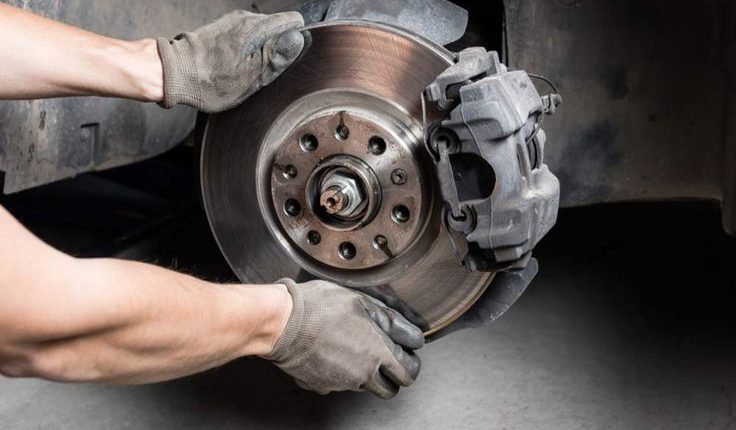
In the process of traveling in a car, drivers should pay attention to observing whether the car’s brake system is working well or not. And this should form a habit because the brake is a very important part. Taking on the task of protecting the lives of you and the passengers in the car. The braking systems of modern cars are designed to be replaced periodically to maintain maximum braking efficiency. If you notice ANY problems with the brakes, take your car to have the brakes checked immediately. If the brakes fail, you can have a very serious crash.
3. Heed warning signs and regular car maintenance
To protect your car, you first need to understand it and, more importantly, detect abnormalities warnings in your vehicle. Stranger noises smells or anything unusual are some of the signs your vehicle should be taken to a garage for repair.
If your car’s dashboard lights illuminate, give your trusted mechanic a ring. (You can also check your handy owner’s manual too – ”learning the basics about your car and the repairs you need will help establish a rapport and show your mechanic you know what you’re talking about.). Delaying a repair could trigger irreparable damage to the car and result in a painfully more expensive fix.
To detect unusual signs earlier as well as take timely preventive measures, we recommend that you take your vehicle to a reputable mechanic for maintenance periodically. Most car owners do not attach much importance to scheduling car maintenance. This makes your car more and more degraded without you even knowing it.
If your vehicle has a warranty, be sure to take it to a service shop to have it maintained on time. Usually about 3,000 – 5,000 km or every 3 – 6 months. In addition, some parts need to be replaced by time, not by miles. Please ask the technician to check several items such as lubricating oil filter, as well as steering wheel joints, rotuyn … to make sure your car always works stably.
4. Don’t ignore your tires
Tire condition greatly affects safety, so tires should be operated in the best condition to ensure safety and save money on each repair. Whether you like it or not, according to the recommendations of both manufacturers and experts. Car tires when traveling about 40,000km to 50,000km will have technical changes. To ensure the best safety, it is recommended to replace the tire if your tire has reached this period, in case the tire is found to be cracked even before the limit has been worn to the limit mentioned above, the car owner should consider a replacement option for the safety of the vehicle owner for every upcoming trip.
You should make sure to check the tire pressure regularly and inflate the pressure as specified by the manufacturer. Besides, rotating tires is a very important step to keep your tire last longer. This will help the car have a more balanced operation and anti-slip.
Checking car tires will be much more convenient for some modern cars equipped with a tire pressure system and tire information on the central dashboard. On the contrary, the driver should equip a tire pressure gauge if the vehicle does not have this system. And regularly monitor its standard pressure parameters for each tire usually affixed on the driver’s front door wall.
5. Keep the car body intact
How to keep your car body as shiny as new? It’s straightforward. Sometimes, you realize that while most people wouldn’t appear in public unkempt. The cosmetic appearance of our car is essential as well. Simple things such as keeping your car washed regularly waxed, and ensuring dents and dings are taken care of, you’ll better preserve the value of your vehicle as well as prevent long-term issues such as rust and fading.
Protecting car paint is one of the extremely important parts of keeping your car body intact, especially when you just bought a car and must know how to keep it shiny and durable. The beauty of a car depends mainly on the exterior paint color not everyone knows and does properly protect this paint, if not well maintained the car is easy to discolor and get old.
6. Make the interior clean
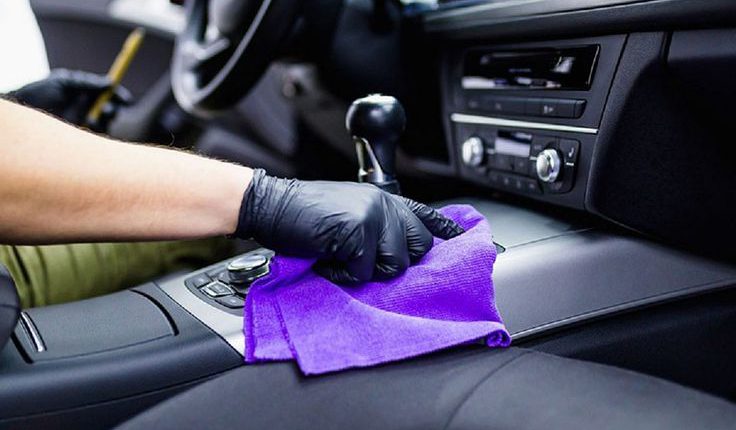
After a process of about 6 to 8 months, cars will have a thick layer of dust clinging to every corner of the car. The interior of the car, although in an enclosed space, is still attacked by these tiny dust particles. This has caused the car to lose its aesthetics and cause a bad smell that affects the health of the occupants of the car. In this case, clean and vacuum the interior as needed. As we know, the interior of a car has a lot of details and nooks, which can sometimes be difficult to clean.
Therefore, the effectiveness or not depends on car owners. If the meticulous person knows how to choose specialized tools and chemicals for cars to avoid damaging the interior parts of the car. Along with cleaning the interior. You should proceed to deodorize the space inside the car to always be fresh, giving a pleasant feeling throughout the journey.
The interior is often a point of selling power when it comes time to trade the car in or sell it. While many may not care about the oil or tires. If the CD player won’t work, or the interior looks a little dirty, the deal is off. It’s been said that the value of the car is held in the cabin, and that statement holds true. If you ever want to trade the car in or sell it, every quarter spent at a pay vacuum will be paid back to you with interest!
>> See more: 8 Tips For Cleaning Your Car To Have A Sparkle-clean And Spotless Interior
7. Check the lighting system
The lighting system on the car not only ensures traffic safety but also contributes to the aesthetics and value of the car’s exterior. In addition to lighting, this system is also responsible for notifying and providing signals. So vehicle owners need to pay close attention to signs of malfunction of vehicle lights. Faulty or damaged car lighting systems can lead to unsafe driving risks, as well as cause some inconvenience during use.
If other parts of the vehicle such as the engine, oil filter, tires, air conditioner, etc. have periodic maintenance milestones (for example, every 5,000km or 12 months). The light system usually only needs to be repaired when malfunctions. Therefore, to ensure that the car lights work stably and minimize unexpected incidents. Vehicle owners should pay attention to checking the lights every time they start the car and regularly monitor the operating status of the system. If you see that the lights are slow, flickering, dimly lit, or flashing frequently. You likely need to check the light system (wires, relays, fuses, bulbs, …)
>> Related post: Why Are Headlights Flickering While Driving
8. Ensure windows and windshield wipers are clean and functional
Periodically check all door and glass systems and replace damaged parts as soon as possible, such as detecting cracks in the glass. Just one hole or crack in the windshield is dangerous for the occupants of the vehicle.
Particularly for the wipers, the visibility is guaranteed to be good or not depending on this small part. Its role is very important in cleaning the windshield. After using 1 year to 1 and a half years, it should be replaced once and preferably before the rainy season. During driving, if the wiper is found to be vibrating, making a noise, or is not clean. The driver should check the rubber slot and replace this part with a new one. Hot and humid weather will cause the rubber surface of the wiper to wear out and the pins to rust.
9. Keep the engine with coolant fluid
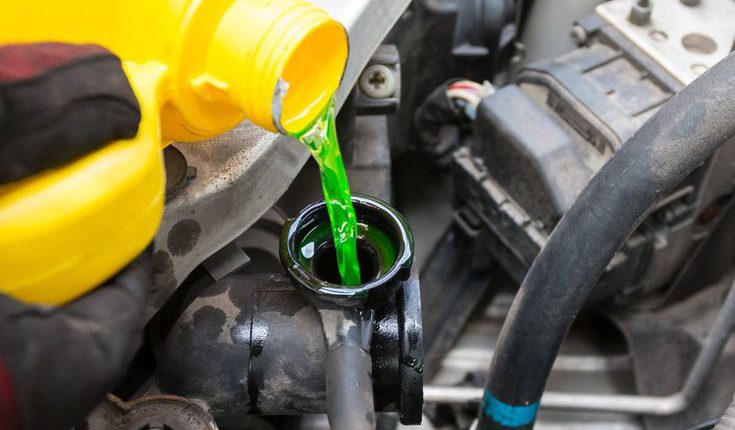
Engine coolant acts as a bridge to transfer heat from the engine to the cooler, which means that a car cannot operate stably without coolant liquid. Understandably, the lack of engine coolant will cause metal components inside the engine to expand. Because when the car is operating, the heat generated by the engine is very large, requiring cooling liquid to affect this reaction.
To avoid changing the chemical components in the engine coolant. You should flush the radiator and refill the coolant at least once every 2 years. Or change this liquid after 40,000km (Depending on the level of use). The check is very simple, open the engine compartment when the engine is cold and check the coolant level to make sure its level in the tank is between the “Min” and “Max” positions.
A small trick to detect a car with a coolant leak is to observe. When the car has been parked for a while there is a small puddle of water under the car. If this happens, you need to take the car to the repair shop immediately.
10. Limit rust
Surely no car owner wants their car to appear rusty, which looks very unsightly. Therefore, you should not park in garages that are too hot. A spacious and cool parking space will help you limit more risks. In addition, you should also limit parking in the sun. If left in the sun for a long time, the paint will be aging, discolored, or peeling. In particular, the materials inside the interior will also be deformed, causing a loss of aesthetics and reducing the life of the vehicle.
After driving in the rain, you should always wash your car when it’s the sun to avoid salt, acid, and dirt in rainwater that can rust metal components in the car.
Watch to know how to make your car last a long time:
Final Thoughts
If it’s the first time using a car, we may be very ‘flustered’ in taking care of and maintaining our car. Not only new people but also those who have used cars a lot are not sure how to take care of new cars in the most reasonable way. We hope that the sharing will be useful for your car to keep it running like a new one and most durable. To end the topic “How to keep your car in good condition?” We want to share that every car is a fortune, if used and cared for properly, drivers can enjoy comfort and safety on every trip. 10 simple tips are given to help you learn and participate in the operation of the “road companion” instead of just seeing the car as a tool to move.









